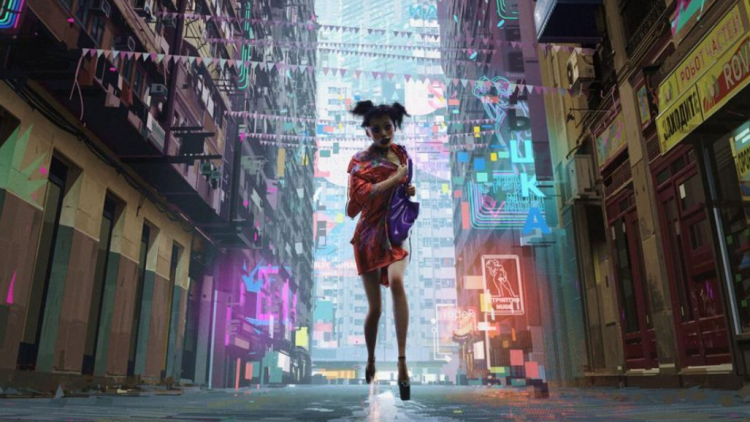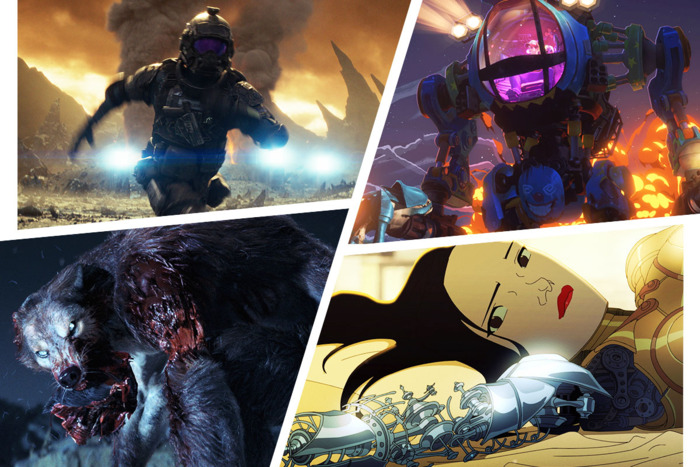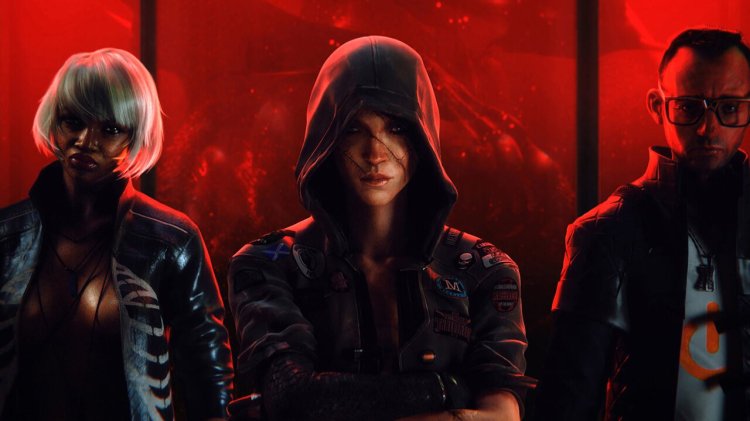"Love, Death & Robots" Review: Depraved, Dark, Netflix's New Show Is Pure David Fincher
Laavanya Hien |Mar 20, 2019
Love, Death & Robots review: Netflix’s new animated anthology series, from Deadpool director Tim Miller and the legendary David Fincher is dark, depraved and visionary.
Love, Death & Robots
Main cast: Topher Grace, Samira Wiley, and Mary Elizabeth Winstead
Rating: 3.5/5
Love, Death & Robots, new series of Netflix from the alluring partnership of Tim Miller, the Deadpool director, and David Fincher, the all-time legend is neither particularly deadly nor lovely, and most certainly it is not partial towards the mechanical men.

Instead, it’s a depraved, dark experiment with eighteen episodes of different animation techniques, genres, and lengths, united by the common themes including the innocence loss and the men’s evil, and strangely, the shared love for cats.
Like almost all of the anthology series, this new show of Netflix is uneven beyond measure. However, the thing sticking out in this series lies in how unwaveringly Love, Death & Robots highlights the animation on the story. Notably, it plays much more like the sizzling reality for the myriad studios which have involvement, instead of making any all-embracing point about humanity as well as its interrelation with technology.

Nonetheless, there are various hat-tips to the more triumphant cousin, Black Mirror - the anthology series of Charlie Brooker. Each Love, Death & Robots’ episode starts with the same title card; then it is mostly self-contained. However, while Charlie has recently developed an inclination towards breaking away from the miserable worldview, accompanied by writing positive stories like San Junipero, and the levity that you may expect from the show is its short forays into a satire world.
The episode with a length of five minutes, conveniently called When The Yogurt Took Over, portrays the stop-motion-inspired story ridiculously involving humanity’s hubris. Everybody of all sizes, colours, and shapes gaze silly as a yoghurt bowl becomes sentient, providing reasonable politic counsel, having the control of the presidency, and self-destructing promptly.
Alfredo Torres and Victor Maldonado, two directors of this episode also take responsibility for another two palate cleansers including Alternate Histories and Three Robots.

Neither of those episodes is the same, either thematically and visually. Some such as Good Hunting seems to be drawn by hand. It is a gorgeous wedding of steampunk and spirituality, set in the background of alternate-history Hong Kong, focusing on the shape-shifting demon female and a farmer. It is among myriad episodes of the show that concentrates on women, along with their bodies as well as the desecration which they usually face by the hand of men.
Another is Sonnie’s Edge set in the dystopian London in which horrific monster commanded by the “masters” and pitted against the other in the gladiatorial flights. Blur Studio of Miller takes charge of producing this one, and the studio has a reputation for its activities in the field of video games and incredible opening credit succession in Girl with the Dragon Tattoo of Fincher.
It seems to be created via the combination of performance capture and cutting-edge CGI, a technique which is applied again in Beyond the Aquila Realm and Shape-Shifters, which merges political intrigue into horror iconography to deliver the best segment of the show.

Miller has helmed one episode himself - Ice Age which is about the young couple witnessing the entire human history course unfold in the fridge. This episode brings Miller together again with Ken Seng the Deadpool cinematographer and Junkie XL a composer, with whom he will cooperate again for his upcoming Terminator movie. However, nothing can match The Witness - the sheer brilliance of episode three - the Hitchcockian story with 10 minutes to accomplish a genius level which filmmakers spend their entire career making great effort to achieve.
>>> Related post: Raised by Wolves Series Download (2020) – The Best Science Fiction Show Of The Year
- Tag






Comments
Sort by Newest | Popular